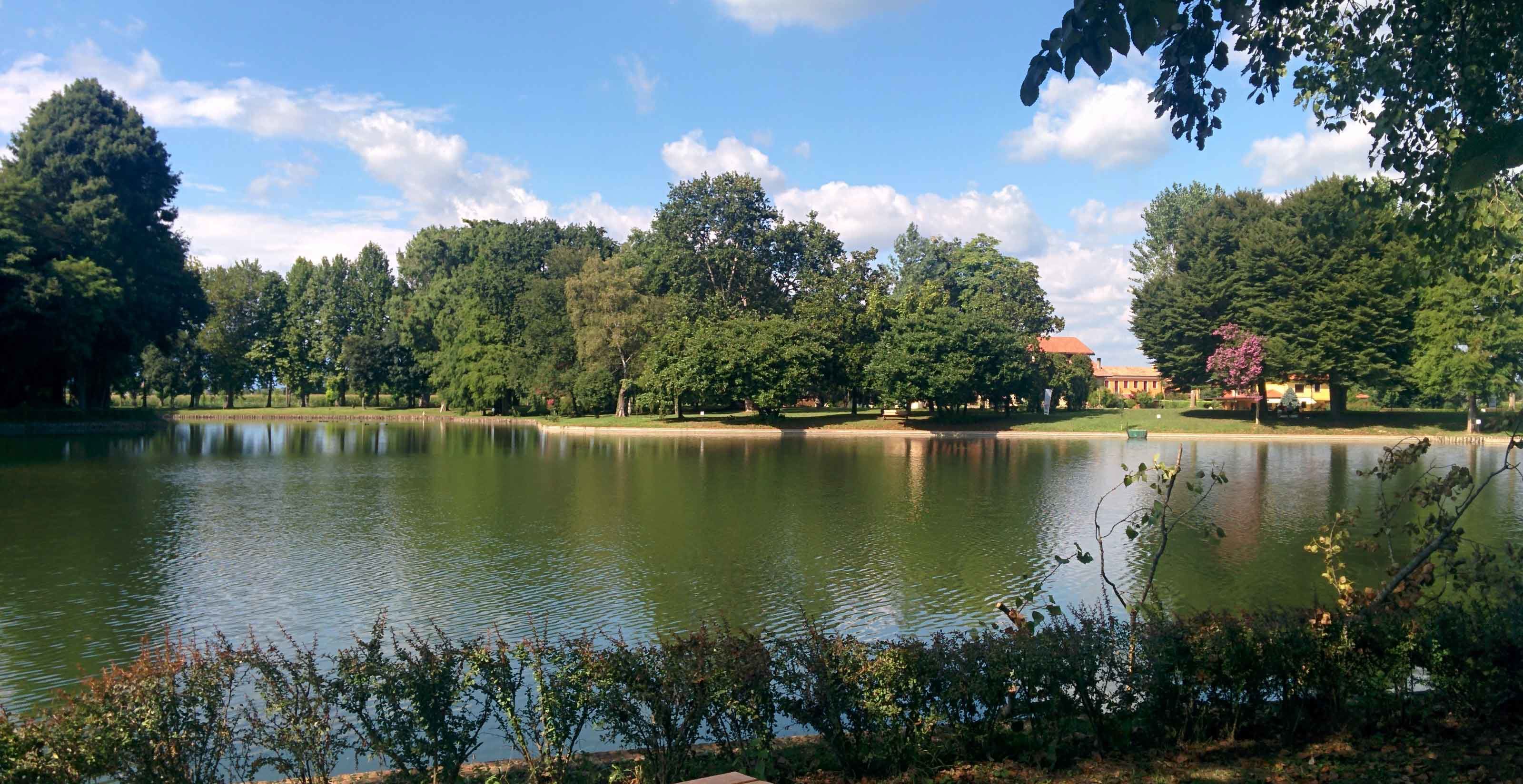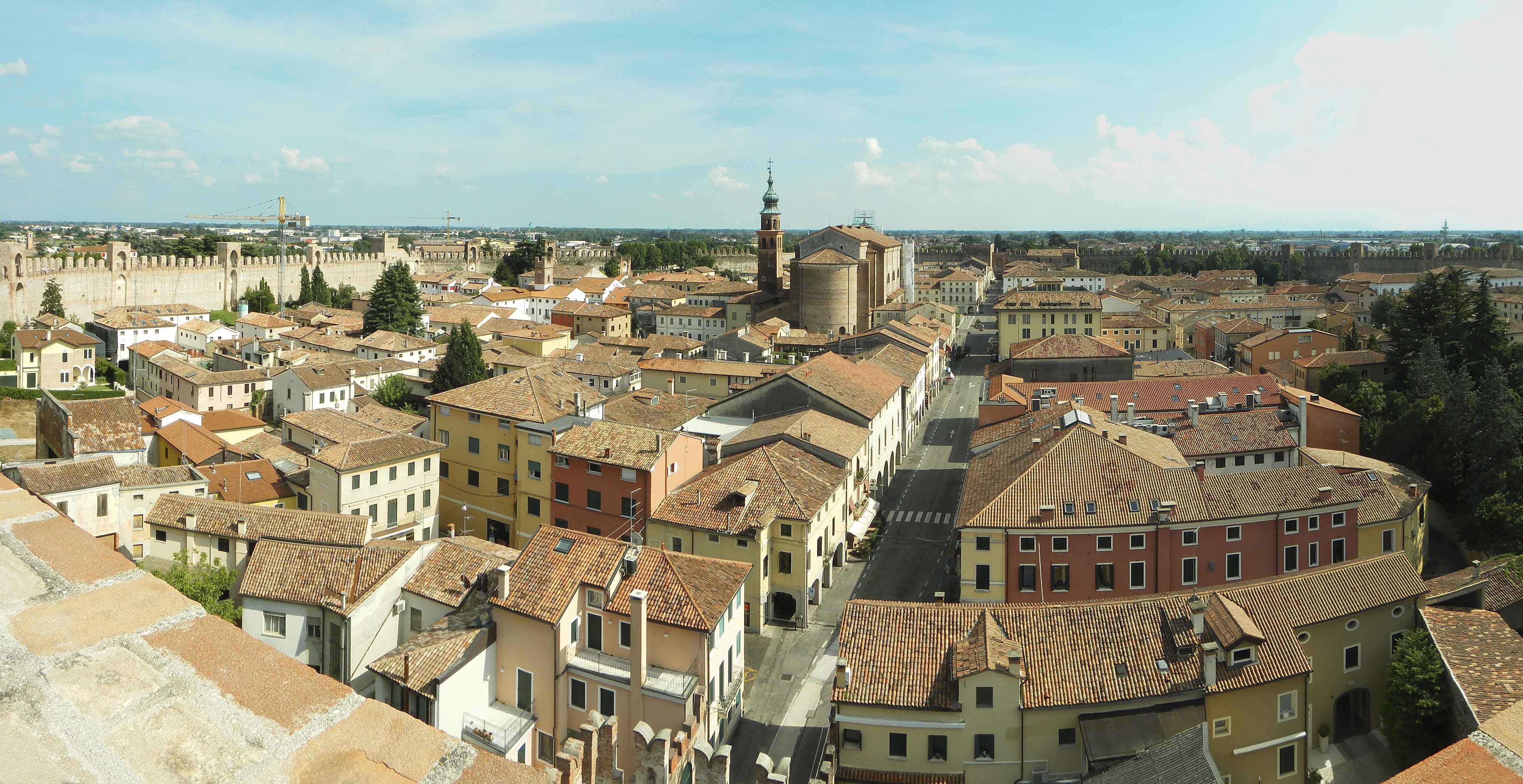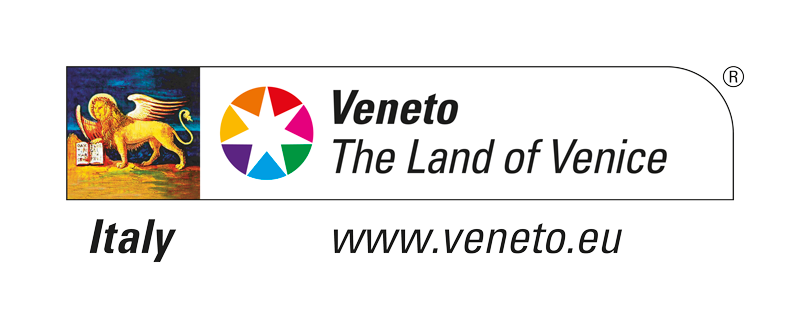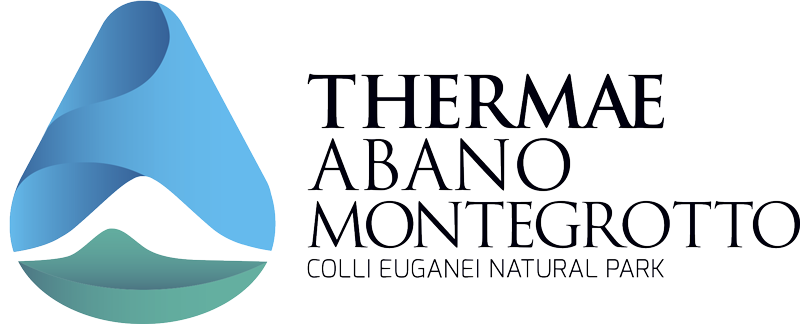Excursions
Giotto - Cappella degli Scrovegni
The Cappella degli Scrovegni is a chapel in the old centre of Padua which has a celebrated series of frescoes painted by Giotto in the early 14th century, and which are considered to be one of the great masterpieces of western art. Named after Saint Mary of Charity, the chapel was ordered to be built and painted between 1303 and the beginning of 1305 – for his family and everybody in Padua – by Enrico Scrovegni, a very rich local banker, who in 1300 had bought the whole area formerly occupied by the Roman amphitheatre and there built a sumptuous palace, to which the chapel was both the private prayer room and the family’s future mausoleum. Enrico commissioned frescoes to be painted by the Florentine artist Giotto, who had worked with the Franciscans in Assisi and Rimini and was in Padua to paint for the Order of the Friars Minor Conventual in their Basilica di Sant’Antonio.
Basilica di Sant’Antonio
Saint Anthony's Basilica (la Basilica di Sant'Antonio) in Padua, which is known locally as simply “il Santo” (the Saint), is the most important church in the city and one of the largest and most visited in the world. It is a pontifical basilica, and still today it is one of just four belonging to the Vatican outside Rome, and is subject to Papal jurisdiction. It houses the remains of Saint Anthony of Padua. It looks onto a square with the equestrian statue of Gattamelata, by Donatello. Donatello also made the bronze sculptures (the crucifix in the basilica, and statues and panels of various sizes) that Camillo Boito placed on the high altar that he designed.
Caffè Pedrocchi
The Caffè Pedrocchi is an internationally renowned historic café, at number 15 of Via 8 Febbraio, right in the centre of Padua. It was open all day and all night until 1916, and hence is also known as the "Café without doors". For over a century it has been a prestigious meeting place for intellectuals, students, academics and politicians. Its historical importance also stems from the fact that on 8th February 1848, the wounding of a university student there led to some of the movements which formed part of the Risorgimento, and which are still remembered in the official university song, Di canti di gioia.
Abbazia di Praglia
Praglia Abbey is a Benedictine monastery located in the Paduan countryside, on the slopes of Monte Lonzina in the municipality of Teolo and close to Abano Terme. Nowadays it houses the National Library, an official Italian national historic site. Its history is rather chequered: it was founded in the 11th century, and for centuries it was fundamental to how farming was run in the Padua area. In 1448 it was placed under the jurisdiction of the church of Santa Giustina and conformed to the Benedictine monastic reforms. In 1490 the Benedictines added the church of the Assumption, designed by Tullio Lombardo (which was then radically changed by Andrea Moroni). In the 19th century it was closed on several occasions, before being definitively reopened in 1904. Currently the abbey is a centre of excellence for the restoration of ancient books.
Arquà Petrarca. Arquà Petrarca is a medieval town which maintains its ancient charm and is felt to be the pearl of the Euganean Hills. Inhabited since Roman times, it became important after Francesco Petrarca, the greatest Italian poet, chose to spend the last years of his life in the calm for which the locality is known. The village has conserved his house, his tomb and remains. Today Arquà Petrarca has been admitted to the exclusive club of Italy’s Most Beautiful Towns and has been given an Orange Flag by the Touring Club.
Colli Euganei
The Euganean Hills are a group of hills of volcanic origin that rise, almost as if they were a group of islands, from the Padano-Veneta plain, a few kilometres to the south-west of Padua. In 1989, the Euganean Hills became the first regional park of the Veneto area.
Montagnana
A small town in the province of Padua, it is famous for its walls. The walls, which represent one of the most distinguished and best-kept examples of medieval military architecture in Europe, date from the mid-14th century, when the Carraresi family, the lords of Padua, wanted to reinforce and increase the size of what was an essential frontier post for the Paduan state in resisting the Scaliger family that ruled Verona. The living area within the walls was increased at that time, and the new walls were built with alternate layers of brick and stone (trachyte brought by water from the nearby Euganean Hills). The fortified city covers an irregular quadrilateral area of 24 hectares, around 600 x 300 metres and a perimeter of around two kilometres. The walls, topped with Guelph-style castellations, range from 6.5 to 8 metres in height, and are 96-100cm deep. The defenders were kept from harm by movable wooden hatches, fixed between one battlement and another.
Este
Este is a municipality in the province of Padua, located to the south of the Euganean Hills. It is a small town which is full of history, and in the iron age was the main settlement of the Veneti, or Paleoveneti, who developed the city, and made the economy blossom through trade with surrounding peoples, and also with the Greeks and Romans. Later, in the 3rd to 2nd centuries BC, Este and the whole Veneto area became a Roman colony. Finds from these times are kept at the Atestino National Museum. During the early Middle Ages, Este at first was part of the Ostrogoth Kingdom, and was then conquered by the Byzantine Empire. But not for long, because the Lombards arrived, who were themselves beaten by Charlemagne’s Holy Roman Empire. Later the Este dynasty took over the city, building the castle (which was later destroyed). Este was also the site of several historic episodes which occurred between the 11th and 13th centuries, and houses a large number of properties built by various members of the Ezzelino family. In 1339, Ubertino da Carrara, the lord of Padua, ordered the castle to be rebuilt as it is today. In 1405 Este suddenly changed sides and pledged allegiance to the Republic of Venice to avoid the control of Padua, and its conflict with Verona. While controlled by the Venetians, Este enjoyed a time of great prosperity, as the economy, and the town’s cultural and artistic life, flourished – something only stopped by the plague of 1630. Este again became wealthy, and was later conquered by Napoleon Bonaparte – who ceded all the Venetian lands to the Habsburg Empire. In 1866 Este and the Veneto were admitted into the Kingdom of Italy. After the incorporation, Este, like all the Veneto area, saw a very large growth in emigration. In the 18th and 19th centuries a number of poets visited the town, including Byron and Ugo Foscolo.
Villa dei Vescovi
The Bishop's Villa, Villa dei Vescovi, was built on a raised section in the Euganean Hills between 1535 and 1542 as a summer retreat for the Bishop of Padua, Francesco Pisani, who made it into the meeting place of a group of intellectuals featuring some of the most important scholars and humanists of the time. The interiors and loggias were decorated with frescoes by the Flemish painter Lambert Sustris, who was a great admirer of Raphael’s work in Rome. Since 2005, the Villa has belonged to FAI – the Italian Environment Fund. It is open from Wednesday to Sunday, from 10am to 6pm.
www.villadeivescovi.it
The Cappella degli Scrovegni is a chapel in the old centre of Padua which has a celebrated series of frescoes painted by Giotto in the early 14th century, and which are considered to be one of the great masterpieces of western art. Named after Saint Mary of Charity, the chapel was ordered to be built and painted between 1303 and the beginning of 1305 – for his family and everybody in Padua – by Enrico Scrovegni, a very rich local banker, who in 1300 had bought the whole area formerly occupied by the Roman amphitheatre and there built a sumptuous palace, to which the chapel was both the private prayer room and the family’s future mausoleum. Enrico commissioned frescoes to be painted by the Florentine artist Giotto, who had worked with the Franciscans in Assisi and Rimini and was in Padua to paint for the Order of the Friars Minor Conventual in their Basilica di Sant’Antonio.
Basilica di Sant’Antonio
Saint Anthony's Basilica (la Basilica di Sant'Antonio) in Padua, which is known locally as simply “il Santo” (the Saint), is the most important church in the city and one of the largest and most visited in the world. It is a pontifical basilica, and still today it is one of just four belonging to the Vatican outside Rome, and is subject to Papal jurisdiction. It houses the remains of Saint Anthony of Padua. It looks onto a square with the equestrian statue of Gattamelata, by Donatello. Donatello also made the bronze sculptures (the crucifix in the basilica, and statues and panels of various sizes) that Camillo Boito placed on the high altar that he designed.
Caffè Pedrocchi
The Caffè Pedrocchi is an internationally renowned historic café, at number 15 of Via 8 Febbraio, right in the centre of Padua. It was open all day and all night until 1916, and hence is also known as the "Café without doors". For over a century it has been a prestigious meeting place for intellectuals, students, academics and politicians. Its historical importance also stems from the fact that on 8th February 1848, the wounding of a university student there led to some of the movements which formed part of the Risorgimento, and which are still remembered in the official university song, Di canti di gioia.
Abbazia di Praglia
Praglia Abbey is a Benedictine monastery located in the Paduan countryside, on the slopes of Monte Lonzina in the municipality of Teolo and close to Abano Terme. Nowadays it houses the National Library, an official Italian national historic site. Its history is rather chequered: it was founded in the 11th century, and for centuries it was fundamental to how farming was run in the Padua area. In 1448 it was placed under the jurisdiction of the church of Santa Giustina and conformed to the Benedictine monastic reforms. In 1490 the Benedictines added the church of the Assumption, designed by Tullio Lombardo (which was then radically changed by Andrea Moroni). In the 19th century it was closed on several occasions, before being definitively reopened in 1904. Currently the abbey is a centre of excellence for the restoration of ancient books.
Arquà Petrarca. Arquà Petrarca is a medieval town which maintains its ancient charm and is felt to be the pearl of the Euganean Hills. Inhabited since Roman times, it became important after Francesco Petrarca, the greatest Italian poet, chose to spend the last years of his life in the calm for which the locality is known. The village has conserved his house, his tomb and remains. Today Arquà Petrarca has been admitted to the exclusive club of Italy’s Most Beautiful Towns and has been given an Orange Flag by the Touring Club.
Colli Euganei
The Euganean Hills are a group of hills of volcanic origin that rise, almost as if they were a group of islands, from the Padano-Veneta plain, a few kilometres to the south-west of Padua. In 1989, the Euganean Hills became the first regional park of the Veneto area.
Montagnana
A small town in the province of Padua, it is famous for its walls. The walls, which represent one of the most distinguished and best-kept examples of medieval military architecture in Europe, date from the mid-14th century, when the Carraresi family, the lords of Padua, wanted to reinforce and increase the size of what was an essential frontier post for the Paduan state in resisting the Scaliger family that ruled Verona. The living area within the walls was increased at that time, and the new walls were built with alternate layers of brick and stone (trachyte brought by water from the nearby Euganean Hills). The fortified city covers an irregular quadrilateral area of 24 hectares, around 600 x 300 metres and a perimeter of around two kilometres. The walls, topped with Guelph-style castellations, range from 6.5 to 8 metres in height, and are 96-100cm deep. The defenders were kept from harm by movable wooden hatches, fixed between one battlement and another.
Este
Este is a municipality in the province of Padua, located to the south of the Euganean Hills. It is a small town which is full of history, and in the iron age was the main settlement of the Veneti, or Paleoveneti, who developed the city, and made the economy blossom through trade with surrounding peoples, and also with the Greeks and Romans. Later, in the 3rd to 2nd centuries BC, Este and the whole Veneto area became a Roman colony. Finds from these times are kept at the Atestino National Museum. During the early Middle Ages, Este at first was part of the Ostrogoth Kingdom, and was then conquered by the Byzantine Empire. But not for long, because the Lombards arrived, who were themselves beaten by Charlemagne’s Holy Roman Empire. Later the Este dynasty took over the city, building the castle (which was later destroyed). Este was also the site of several historic episodes which occurred between the 11th and 13th centuries, and houses a large number of properties built by various members of the Ezzelino family. In 1339, Ubertino da Carrara, the lord of Padua, ordered the castle to be rebuilt as it is today. In 1405 Este suddenly changed sides and pledged allegiance to the Republic of Venice to avoid the control of Padua, and its conflict with Verona. While controlled by the Venetians, Este enjoyed a time of great prosperity, as the economy, and the town’s cultural and artistic life, flourished – something only stopped by the plague of 1630. Este again became wealthy, and was later conquered by Napoleon Bonaparte – who ceded all the Venetian lands to the Habsburg Empire. In 1866 Este and the Veneto were admitted into the Kingdom of Italy. After the incorporation, Este, like all the Veneto area, saw a very large growth in emigration. In the 18th and 19th centuries a number of poets visited the town, including Byron and Ugo Foscolo.
Villa dei Vescovi
The Bishop's Villa, Villa dei Vescovi, was built on a raised section in the Euganean Hills between 1535 and 1542 as a summer retreat for the Bishop of Padua, Francesco Pisani, who made it into the meeting place of a group of intellectuals featuring some of the most important scholars and humanists of the time. The interiors and loggias were decorated with frescoes by the Flemish painter Lambert Sustris, who was a great admirer of Raphael’s work in Rome. Since 2005, the Villa has belonged to FAI – the Italian Environment Fund. It is open from Wednesday to Sunday, from 10am to 6pm.
www.villadeivescovi.it
















